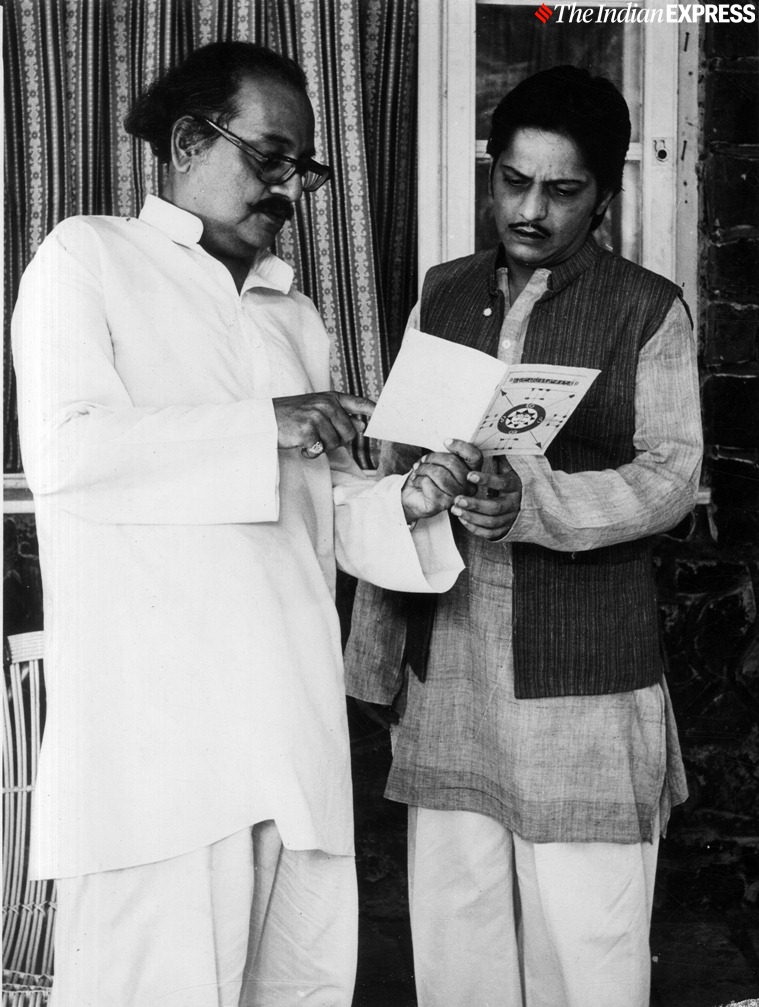Amol Palekar: The relatable boy-next-door who was the antithesis of angry young man - The Indian Express
The 1970s was an interesting time for Hindi cinema. The angry young man, who wasn't all that morally righteous, was turning into a hero for the masses and the audience was lapping up one Salim Javed film after another. In the midst of this over-the-top drama on the filmy front, Hindi cinema was also undergoing a phase where the likes of Basu Chatterjee and Hrishikesh Mukherjee were making films that reflected the times that we were living in. The middle-class, who was far away from the make-believe world of Sholay and Deewar, found themselves in Chatterjee and Mukerjee's films and the face of this cinema was Amol Palekar.
With films like Chhoti Si Baat, Rajnigandha, Chitchor, Baton Baton Mein – Amol Palekar was the face of the common man, who was never really seen in the movies till now. He was the polar opposite of Amitabh Bachchan's angry young man, rather he was the face in the crowd, just one more person among the millions of teeming Indians.
 Amol Palekar with Utpal Dutt in a still from Gol Maal. (Photo: Express Archives)
Amol Palekar with Utpal Dutt in a still from Gol Maal. (Photo: Express Archives) Amol often played the character of an unconfident protagonist who wasn't even the hero of his own story and had to struggle to fight for the limelight in his own narrative. This struggle for the spotlight made him relatable to a regular middle-class audience who was happy to lose themselves in the escapist world of Kaala Patthar and Muqaddar Ka Sikandar, but was very well aware that this wasn't real life.
In a scene in Chhoti Si Baat, Amol finds himself watching a blockbuster Hindi film where Hema Malini and Dharmendra are singing to each other in a garden and imagines himself and Vidya Sinha's character in their shoes – what could be more relatable than that? For his character, Hindi films were a way to escape his mundane real-life, much like the rest of us. In a sequence in Hrishikesh Mukherjee's Gol Maal, Palekar's character ends up at a film studio to borrow some clothes for a job interview. When he ends up in a comedy of errors-like situation, his friend calls it a filmy story that could turn into a 'hit film'.
Films of the mainstream nature are seen as aspirational and place their 'heroes' on a pedestal but that wasn't the case with Palekar's movies. In Chitchor, which was later remade as Main Prem Ki Deewani Hoon, Amol plays a man who is sidelined by the family because he isn't as successful as they had hoped him to be. In Chhoti Si Baat, he plays a man who is learning how to earn some respect in his beloved's eyes and in Rajnigandha, he is straight-up unlikable when we first meet him.
His clothes reflected the simple-minded middle-class attitude and the sets of these films felt like this could be your own house. The non-dramatic, or rather absent, background score and the non-existent dramatic plot twists made these films a tad bit more believable than the others, and it is these films that are still associated with Amol Palekar.
Of course, he has appeared in many more Marathi films where he played nuanced characters and even directed a few films but if you think of Amol Palekar-era, you can't help but bring up the simplicity of the boy-next-door who was the antithesis of all things filmy, and that's what made him likeable.
Comments
Post a Comment